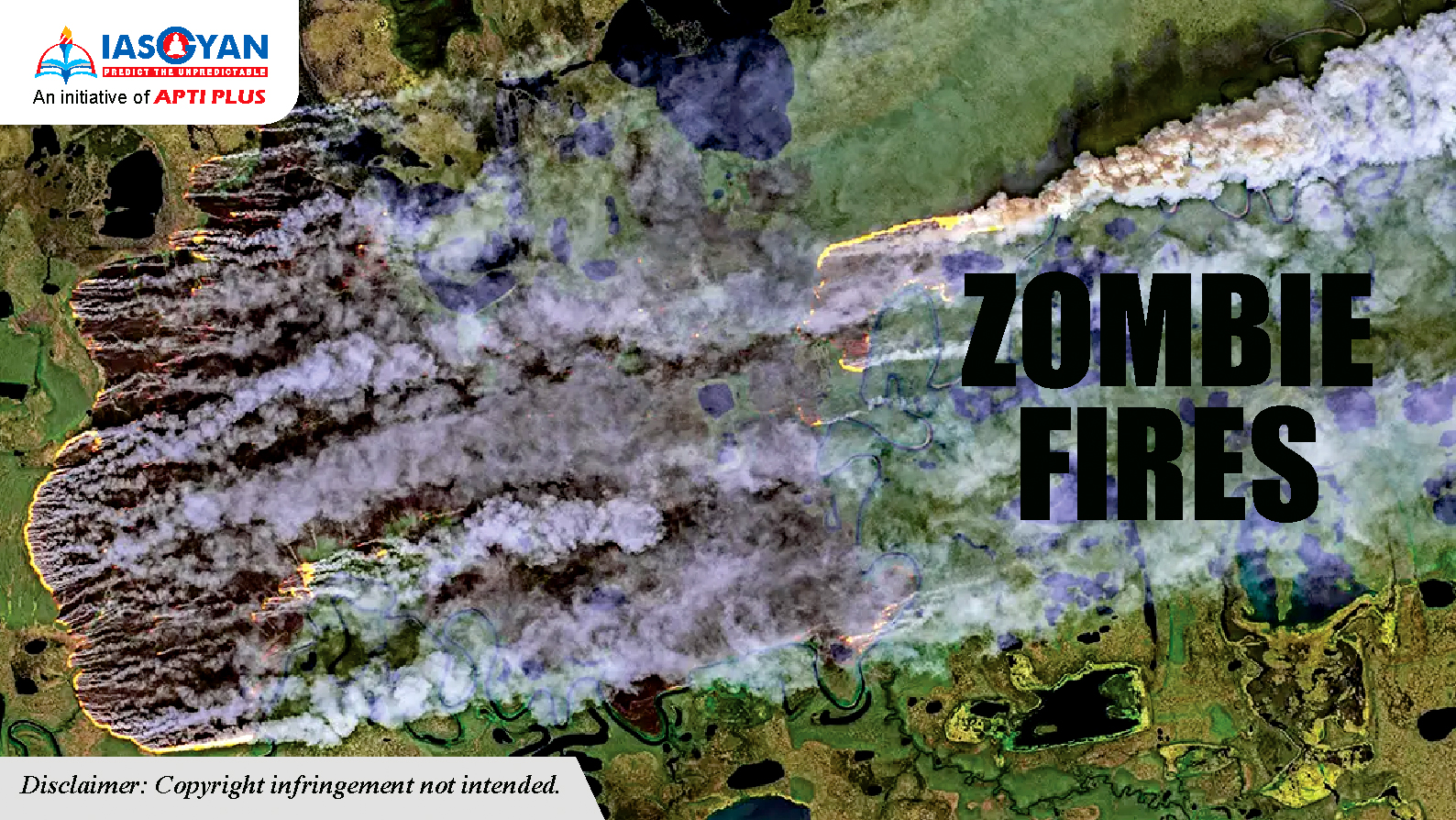




Albedo
Changing Currents
.gif)
Influence of Ocean Current on Weather
.jpg)
|
Jet Streams The polar jet stream is found high up in the atmosphere where the Ferrell and Polar cells come together. A jet stream is a fast-flowing river of air at the boundary between the troposphere and the stratosphere. Jet streams form where there is a large temperature difference between two air masses.
|

© 2025 iasgyan. All right reserved